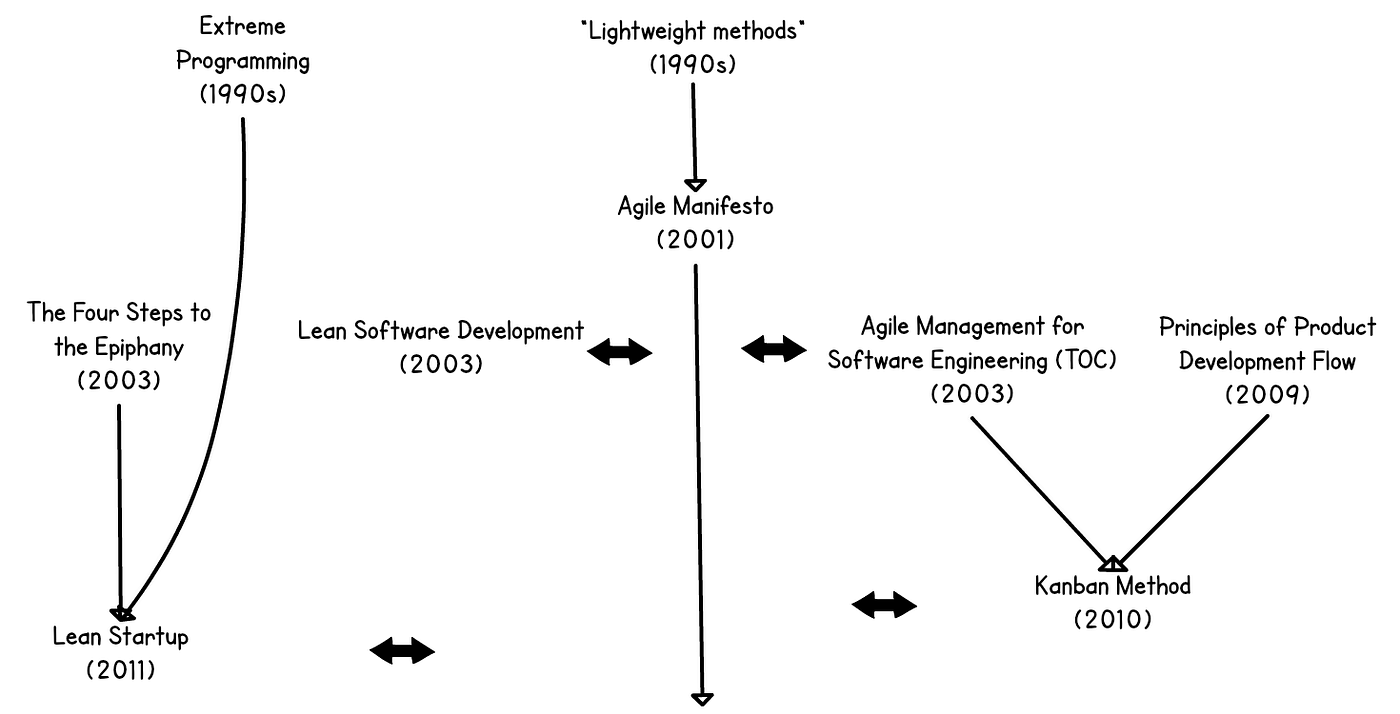
Metadata
- Author: Jason Yip
- Full Title:: The Age of Cargo Cult Agile Must End.
- Category:: 🗞️Articles
- URL:: https://jchyip.medium.com/the-age-of-cargo-cult-agile-must-end-9408e1d13e1d
- Finished date:: 2023-02-22
Highlights
Misconception: Agile comes from Lean
Misconception: Agile defines products in 2-week Sprints
A release planning meeting is used to create a release plan, which lays out the overall project. The release plan is then used to create iteration plans for each individual iteration. (View Highlight)
“That’s what a flat backlog is to me. A bag of context-free mulch.” (View Highlight)
- Note: In my case, I use the “Roadmap” feature of Jira to avoid having that context-free flat backlog
Think Big Work Small
They sequence work with the riskiest assumptions first — experimenting, testing, and learning (View Highlight)
From his subsequent translation of the Agile Manifesto, my guess is that Burnett assumes people will not be trustworthy (aka Theory X) which is why the Manifesto seems pathetic. This is why I have “people are trustworthy” as a core belief of effective Agile product development culture. If you don’t fundamentally believe people are trustworthy, a lot of what the Agile community advocates sounds like nonsense. (View Highlight)
 (
(